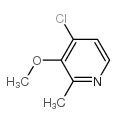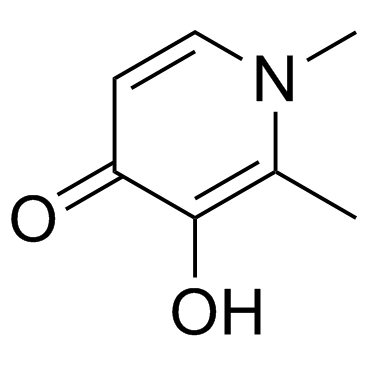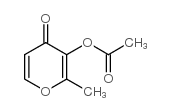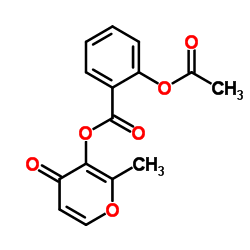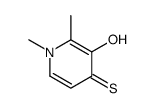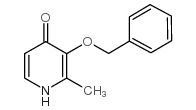118-71-8
| Name | 3-Hydroxy-2-methyl-4H-pyran-4-one |
|---|---|
| Synonyms |
3-Hydroxy-2-methyl-4H-pyran-4-one
MALTENE 3-hydroxy-2-methyl-4-pyrone 3-Hydroxy-2-methyl-g-pyrone Vetol Palatone Laricin 4H-Pyran-4-one, 3-hydroxy-2-methyl- Talmon 3-Hydroxy-2-methyl-4-pyrone,Maltol 2-methyl-3-hydroxy-4H-pyran-4-one MALTOL FCC Veltol Maltol 2-methyl-3-oxy-4H-pyran-4-one 2-methyl-3-hydroxy-4-pyranone EINECS 204-271-8 MFCD00006578 FEMA 2656 |
| Description | Maltol, a type of aromatic compound, exists in high concentrations in red ginseng. Maltol is a potent antioxidative agent and typically is used to enhance flavor and preserve food[1]. |
|---|---|
| Related Catalog | |
| References |
| Density | 1.3±0.1 g/cm3 |
|---|---|
| Boiling Point | 284.7±40.0 °C at 760 mmHg |
| Melting Point | 160-164 °C(lit.) |
| Molecular Formula | C6H6O3 |
| Molecular Weight | 126.110 |
| Flash Point | 127.3±20.8 °C |
| Exact Mass | 126.031693 |
| PSA | 50.44000 |
| LogP | 0.08 |
| Vapour Pressure | 0.0±1.3 mmHg at 25°C |
| Index of Refraction | 1.561 |
| Water Solubility | 1.2 g/100 mL (25 ºC) |
CHEMICAL IDENTIFICATION
HEALTH HAZARD DATAACUTE TOXICITY DATA
MUTATION DATA
|
| Symbol |

GHS07 |
|---|---|
| Signal Word | Warning |
| Hazard Statements | H302 |
| Precautionary Statements | P301 + P312 + P330 |
| Personal Protective Equipment | dust mask type N95 (US);Eyeshields;Gloves |
| Hazard Codes | Xn:Harmful |
| Risk Phrases | R22;R36/37/38 |
| Safety Phrases | S37-S37/39-S26-S36-S36/37/39 |
| RIDADR | NONH for all modes of transport |
| WGK Germany | 3 |
| RTECS | UQ1050000 |
| HS Code | 2932999099 |
| Precursor 9 | |
|---|---|
| DownStream 10 | |
| HS Code | 2932999099 |
|---|---|
| Summary | 2932999099. other heterocyclic compounds with oxygen hetero-atom(s) only. VAT:17.0%. Tax rebate rate:13.0%. . MFN tariff:6.5%. General tariff:20.0% |


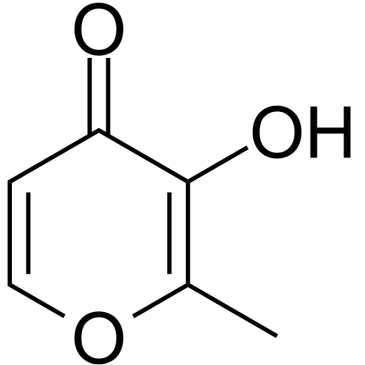
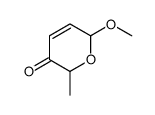

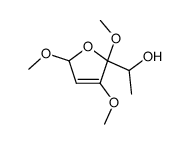
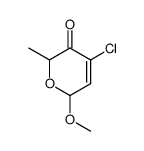

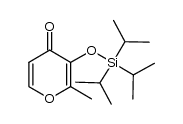
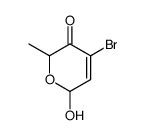
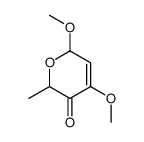
![2-ethoxy-4-methyl-3,7-dioxabicyclo[4.1.0]heptan-5-one structure](https://image.chemsrc.com/caspic/317/60546-72-7.png)
